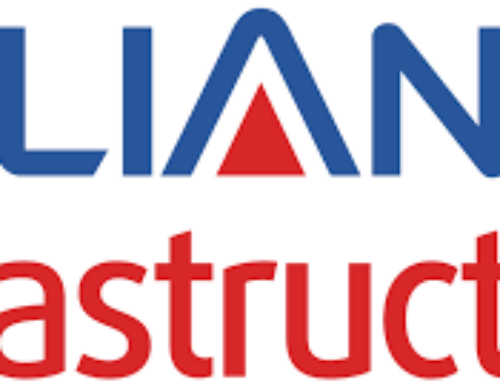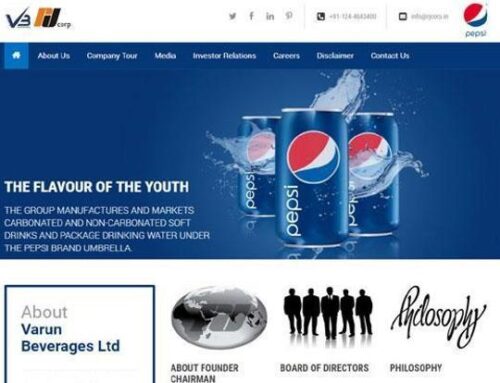Industry Profile: India is the largest provider of generic drugs globally. Indian pharmaceutical sector industry supplies over 50 percent of global demand for various vaccines, 40 percent of the generic market in the US, and 25 percent of all medications in the UK.
India enjoys an important position in the global pharmaceuticals sector. The country also has a large pool of scientists and engineers who have the potential to steer the industry ahead to an even higher level. Over 80 percent of the antiretroviral drugs used globally to combat AIDS (Acquired Immuno Deficiency Syndrome) are supplied by Indian pharmaceutical firms. The pharmaceutical sector was valued at US$ 33 billion in 2017. The country’s pharmaceutical industry is expected to expand at a CAGR of 22.4 percent over 2015–20 to reach US$ 55 billion. India’s pharmaceutical exports stood at US$ 17.27 billion in 2017-18 and are expected to reach US$ 20 billion by 2020. Indian companies received 304 Abbreviated New Drug Application (ANDA) approvals from the US Food and Drug Administration (USFDA) in 2017. The country accounts for around 30 percent (by volume) and about 10 percent (value) in the US$ 70-80 billion US generics market. India’s biotechnology industry comprising bio-pharmaceuticals, bio-services, bio-agriculture, bio-industry, and bioinformatics is expected to grow at an average growth rate of around 30 percent a year and reach US$ 100 billion by 2025. Biopharma, comprising vaccines, therapeutics, and diagnostics, is the largest sub-sector contributing nearly 62 percent of the total revenues at Rs 12,600 crore (US$ 1.89 billion).
Company profile: Sanofi India Limited is part of the French pharmaceutical multinational Sanofi SA, with its head office in Mumbai, Maharashtra, India. The company has well-diversified products across therapies, including cardiology, thrombosis, oncology, diabetes, central nervous system, internal medicine, and consumer healthcare. The operations of the company represent a primary business segment relating to pharmaceuticals. 74% of revenue came from domestic business. 26% came from export. Within the domestic industry, it is all 64% branded, and 10% is institutions and OTC. Within branded, 18% is National List of Essential Medicines (NLEM) having a low risk of regulatory interference remaining is non NLEM). The company’s products include Cardace 10, Cardace is 5, Cardace H 5, Lasilactone 50, Combiflam Suspension, Augeoz, Caspercid, Zolineg, Zolineg 2, Combiflam Plus, Novalgin NU, Proctosedyl bd, Amino-fit, CoQ Forte, CoQ, FreeFlex Forte, FreeFlex, Folgel Plus, Icegel, Macraberin-M, Solace Forte, Seacod Capsule and Seacod Oil. Amarly, Lantus, APIDRA, Combiflam & Insuman are key products.
Shareholding pattern: BSE Data
Financials and ratio : [table id=181 /]
Future prospectus: Future prospectus of the company is mixed. Export is significant to its own sister companies. In between restructuring, it was accepted that for some time, one sister company could take input from other companies. That makes Sanofi a little risky. On the other hand, having an in-house manufacturing capacity makes it a little better than other peers. The company is a leader in diabetes treatment, and that makes it unique. The company presents high-margin products, and the NELM list is not affecting it big.




